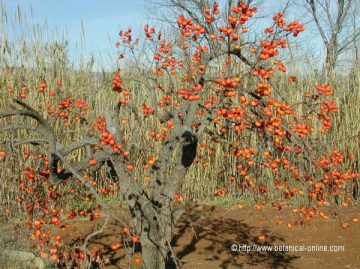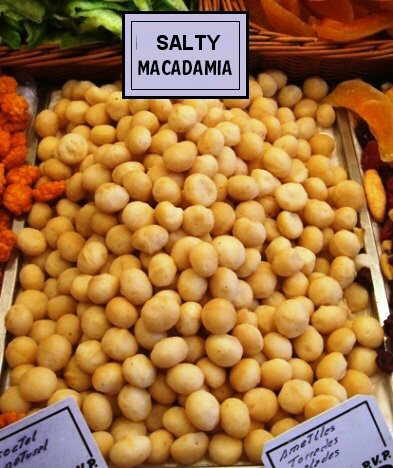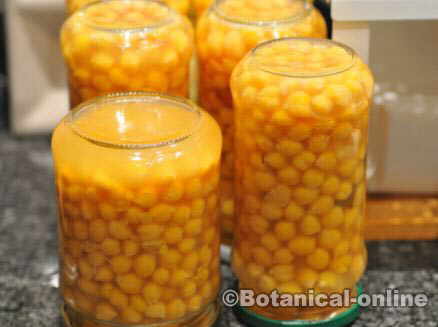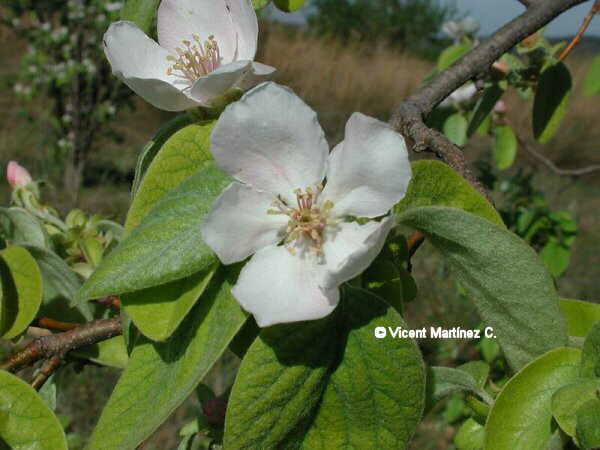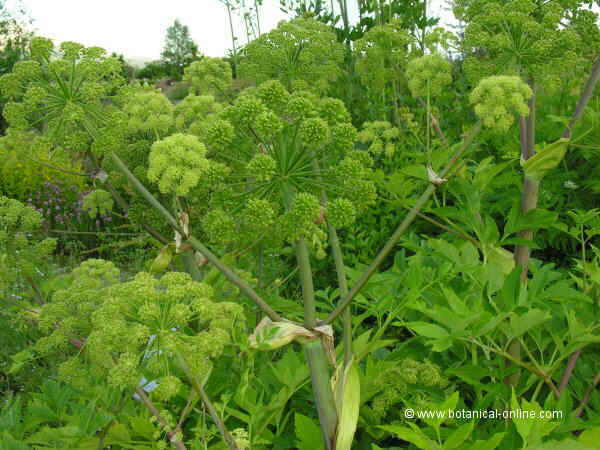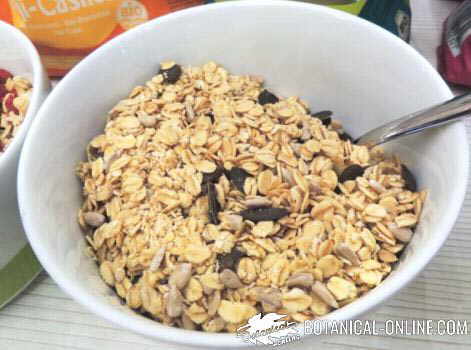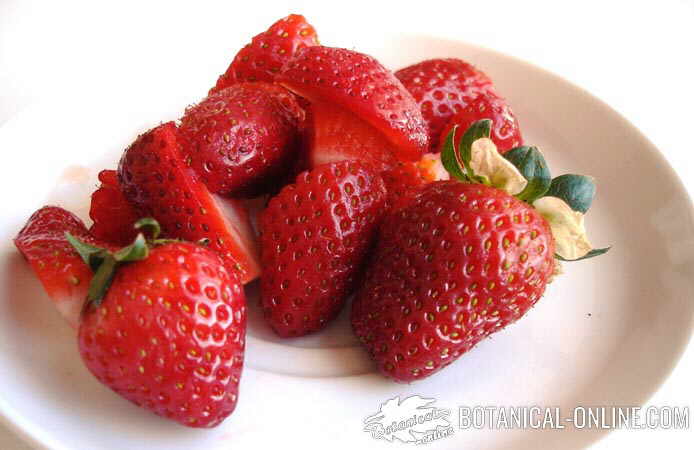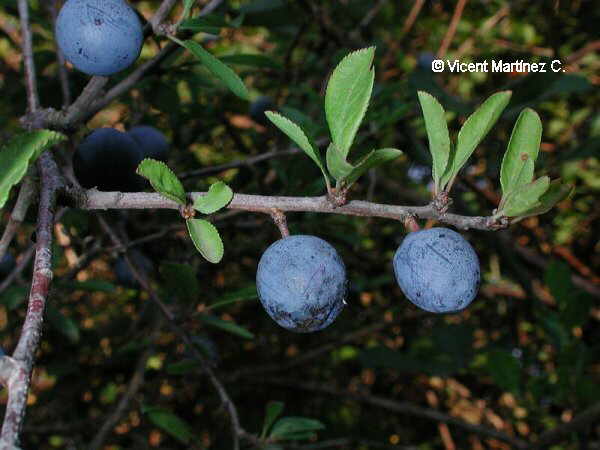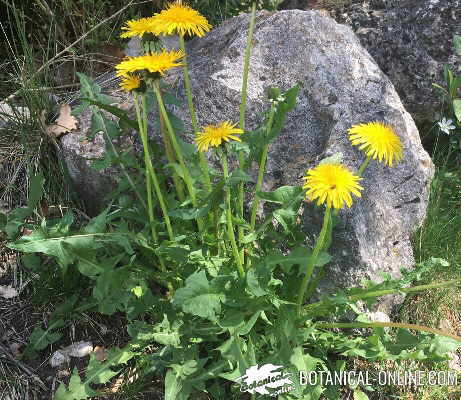Contents
Main pests and diseases of persimmons
The main diseases and pests that affect them are:
Main diseases of persimmons
- Cephalosporium diospyri: A fungal disease that produces quick drying of the leaves. The leaves fall and the branches are weak and die from the top of the tree to the lowest part. There is no treatment for this disease, so infected trees usually die within 1 to 2 years.
The infection is caused because the spores of the fungus, carried by wind, penetrate through the wounds of the branches. The only prevention is to paint the wounds to prevent the fungus can penetrate.
- Root rot (Armillaria mellea) It is a fungus that kills many shrubs and trees (mango, cherry, peach,

Persimmon tree photo persimmon, pistachio, almond, apricot, plum, papaya, Kermes-oak, roses, vines, and so on.
Armillaria mellea is one of the major pests of many plants as the mycelium is installed in its roots and causes their putrefaction.
There is no treatment for this disease. Affected trees should be cut The best strategy is prevention. Therefore, persimmons should not be planted in places infected by this fungus. A soil too watered or poor drainage may promote the development of this disease.
A good way to prevent trees from becoming infected is to surround them with root rot -resistant trees. The roots of these emit compounds that neutralize the advance of root rot mycelium. These includes trees such as: box, ash, myrtle, Aleppo pine, or carob.
- Antracnose: Anthracnose or leaf spot disease affects many plants. It is characterized by the presence of patches of different colors that can affect the leaves, fruits, stems or buds. These patches usually grow and cause defoliation of the branches, and death or the affected fruits. Sometimes the stained part of the leaf falls, leaving empty holes or pieces in it.
These anomalies are caused by fungi of different species (Colletotrichum, Discula, Venturia, Gnomonia, Septoria, Marssonina, Phyllosticta, Physalospora, etc.). And can affect both forest trees, fruit trees, grasses or vegetables
The best way to prevent the attack of these fungi is a thorough cleaning of all the material of the soil where the spores usually remain until they are activated by spring. Rain and wind are usually the main factors of dispersion.
- Botrytis (Botrytis cinerea): This is caused by the fungus Botrytis cinerea. It produces flowers with brown papyraceous spots that sometimes can affect the leaves.
It is mainly due to a lack of ventilation and excess of moisture on the plants as a result of having them too close together or spraying the leaves and flowers with water. Treatment must be based on removing the affected material and apply a fungicide general. Avoid spraying the flowers when watering.
Main pests of persimmons
![]()
- Fruit fly (Ceratitis capitata) It is an insect that lays eggs in the fruits that become rotten. The affected fruit should be removed to avoid affecting the rest. It can be prevented by placing traps to catch the flies before they lay their eggs.
Aphids
- San José Scale (Quadraspidiotus perniciosus) Females have no wings and are attached to the protected plant under a shell about 2 mm. The males have wings.
The nymphs are mobile at first with its three pairs of legs. They lay down the plant after sinking her stilettos in it, producing crusts with a brown center on a bigger white stain. they can attack branches, leaves and fruits.
Leaves are poisoned by their saliva and fall, fruits have discolored points and twigs or shoots rot.
Prevention of this pest involves the use of uncontaminated rootstocks previously disinfected in the nursery. Treatment on the ground requires the use of oil as a suitable insecticide + shock treatment in winter and a complementary treatment with insecticide oil in summer + copper + oxychloride 50 in summer to eliminate larvae.
It has been proven the effectiveness of calcium polysulfide in summer for the treatment of this disease.
It is important in the treatment of winter to wet all the branches. Do not apply when wind, rainy days or with temperatures below 5 º C.
- Birds: Birds eat the ends of the buds and peck the fruit. Networks should be used to protect trees or use some method that will scare them. The main birds affecting these trees are starlings and blackbirds.
- Wasps: They eat the fruits that had previously been attacked by the birds. The fruits must be covered with a mesh or try to find the nests of wasps to kill them.
- Elongated cochineal (Eulecanium persicae) It causes damage to the tree when it sucks the sap from it. Apply the appropriate insecticide.
- Currant Clearwing (Synanthedon tipuliformis) is a type of moth whose larvae burrow into the stems causing damage or drought thereof. The treatment involves cutting and removing the infected parts and treating the tree with phosphorus insecticides.
- Honeydew Moth (Cryptoblabes gnidiella) A butterfly whose larvae feed on fruit causing damage that makes them rot or become unsuitable for sale. It is also very common in citrus, apple and corn plantations. Treat it with appropriate insecticide.
![]() More information on persimmon
More information on persimmon

